Over the past century, the Eastern United States has seen their forests regrow, their large predators disappear, and their white-tailed deer become more numerous than ever. Humans hunt deer in some places during some parts of the year, but regulations to protect the herd have, so far, limited the ability of humans to reduce their numbers. More recently, a new potential predator for deer has moved in, the coyote.
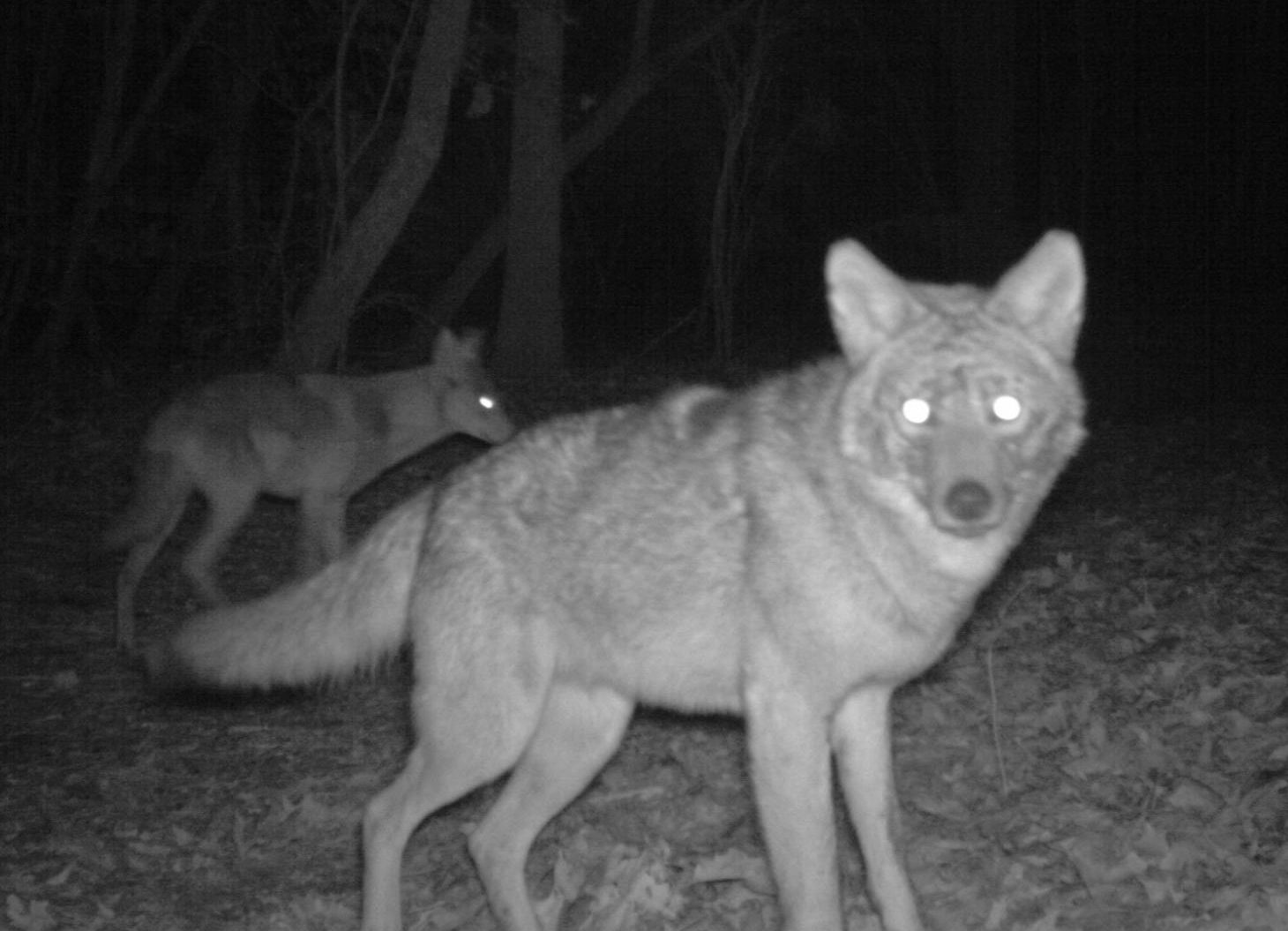
Coyotes kill deer, particularly fawns, but it is difficult to distinguish between the active predation of adult deer from passive feeding on roadkill carcasses. Some deer declines are correlated with the arrival of coyotes, but it is difficult to assess if coyotes are the main driver of declines. Have humans or coyotes replaced former apex predators cougars and gray wolves in the east? Do deer fear coyotes and humans?
For more details, you can listen to the podcast episode on this topic either below or on iTunes and Spotify:
Powered by RedCircle
Apex predators are defined not only by their ability to decrease numbers through predation, but also in their ability to exert behavioral effects upon prey species. Frequently described as “a landscape of fear,” predation risk induces location shifts and changes in vigilance in prey. If there are a lot of predators around, prey will not feel safe and may not risk visiting certain foraging areas, trading off eating to avoid predation. If prey species do this too much, they won’t be able to reproduce or may even starve.
Prey species also change the way they move through their habitat when predation risk is high by more frequently scanning the environment. The impacts of predators on prey therefore indirectly influences the landscape as prey modify foraging according to risk.
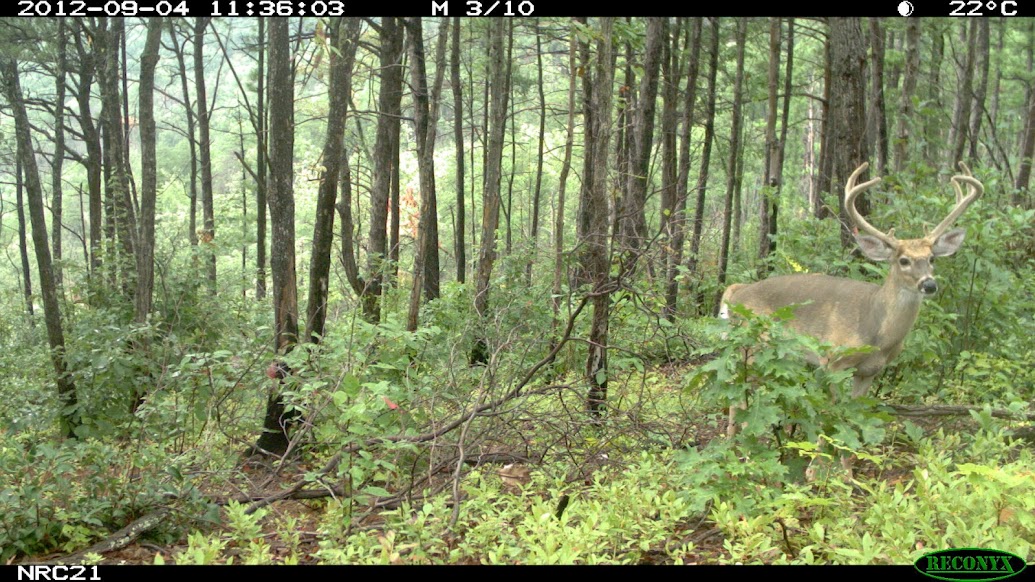
Using camera traps, we can gain some insight on the perceived risk of prey by recording how much deer are nervously looking around. If deer do fear coyotes or humans, they have their heads up in vigilant posture, if they are not as nervous, they are more likely to have their head down towards the ground taking a bite out of plants.
[mailerlite_form form_id=3]Research Question
We wanted to know how deer react to the presence of humans and coyotes in the forests of the Eastern United States using vigilance as an indicator. If humans and coyotes are apex predators of deer, then in areas of human hunting and more coyotes, deer should be more vigilant. Moreover, there are millions of humans that visit state and national parks in the east that do not hunt, but instead hike with seemingly minimal impacts to wildlife. Do deer know the difference between human hunters and hikers?
Methods
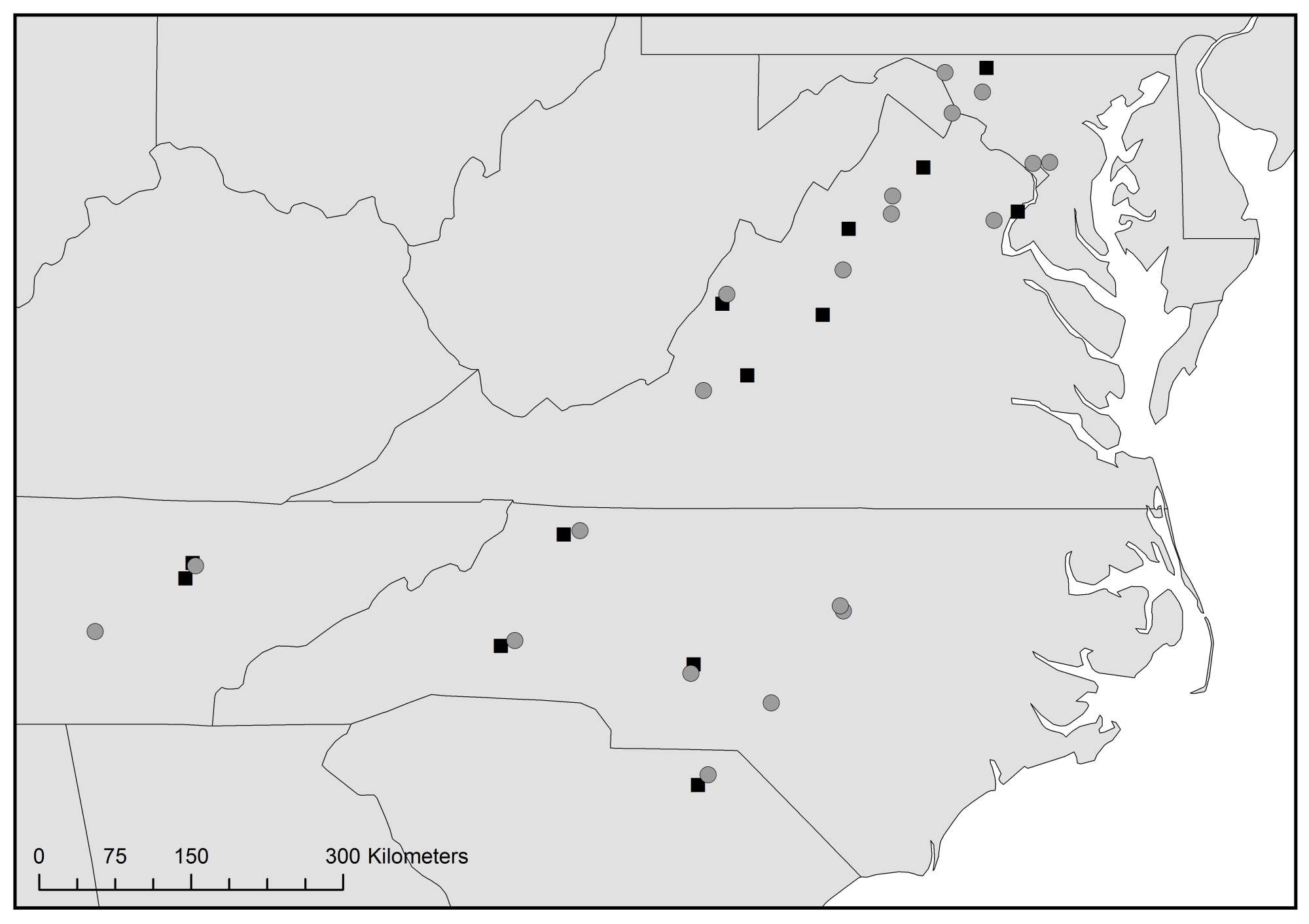
Our study is the first of its kind to look at deer vigilance in response to hunters, hikers, and coyotes on such a large scale. We deployed Bushnell and Reconyx camera traps in 33 parks across six states with 15 pairs of hunted and unhunted sites, yielding 3,000+ deer sequences in nearly 2,000 locations. While previous studies show that deer modify behavior in response to hunting (including vigilance), all have comprised of a single or few study sites. Few studies at all have examined the effects of coyotes on deer in the east due to their recent expansion, but those that do show that deer are more vigilant.
Results
Across this large scale, and much to our surprise, we found that deer had similar levels of vigilance regardless of whether an area was hunted, or the relative activity of coyotes nearby. Deer at parks where hunting is allowed had vigilance levels similar to those at unhunted sites, and vigilance was only greater in hunted sites in the spring when hunting season didn’t even occur.
Coyote activity varied a lot across parks, ranging from 0.001-0.144 detections per day. Surprisingly, the number of coyotes photographed had virtually no effect on deer vigilance.
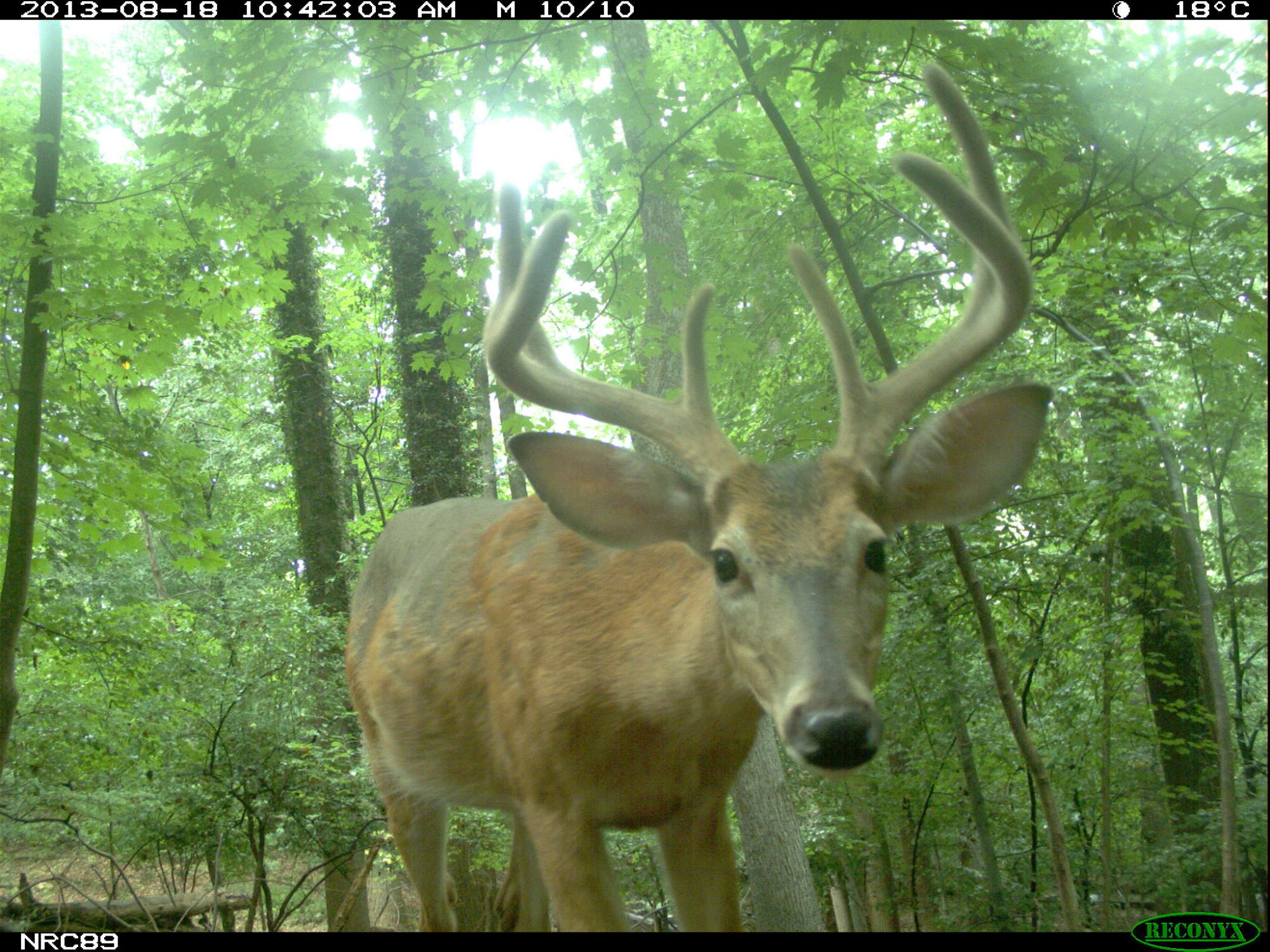
Rather, we found the most important factors affecting vigilance were the amount of light and number of hikers. Deer were less vigilant in lower levels of light (at night and especially on moonless nights) and in parks with more hiking. The latter suggests that deer may be habituating to the effects of human recreation, realizing they are no threat to them.
Updates!
Since this study was published, there have been several interesting camera trap photos showing deer and coyotes quite close together. Check out this first sequence from one of my camera traps that I posted on my Instagram account.

It shows a deer following a coyote!
Also very surprising is this image I found on Instagram from another account, @Westchester_Outdoors. It’s not clear if the deer is touching the coyote, but boy are they close to one another!
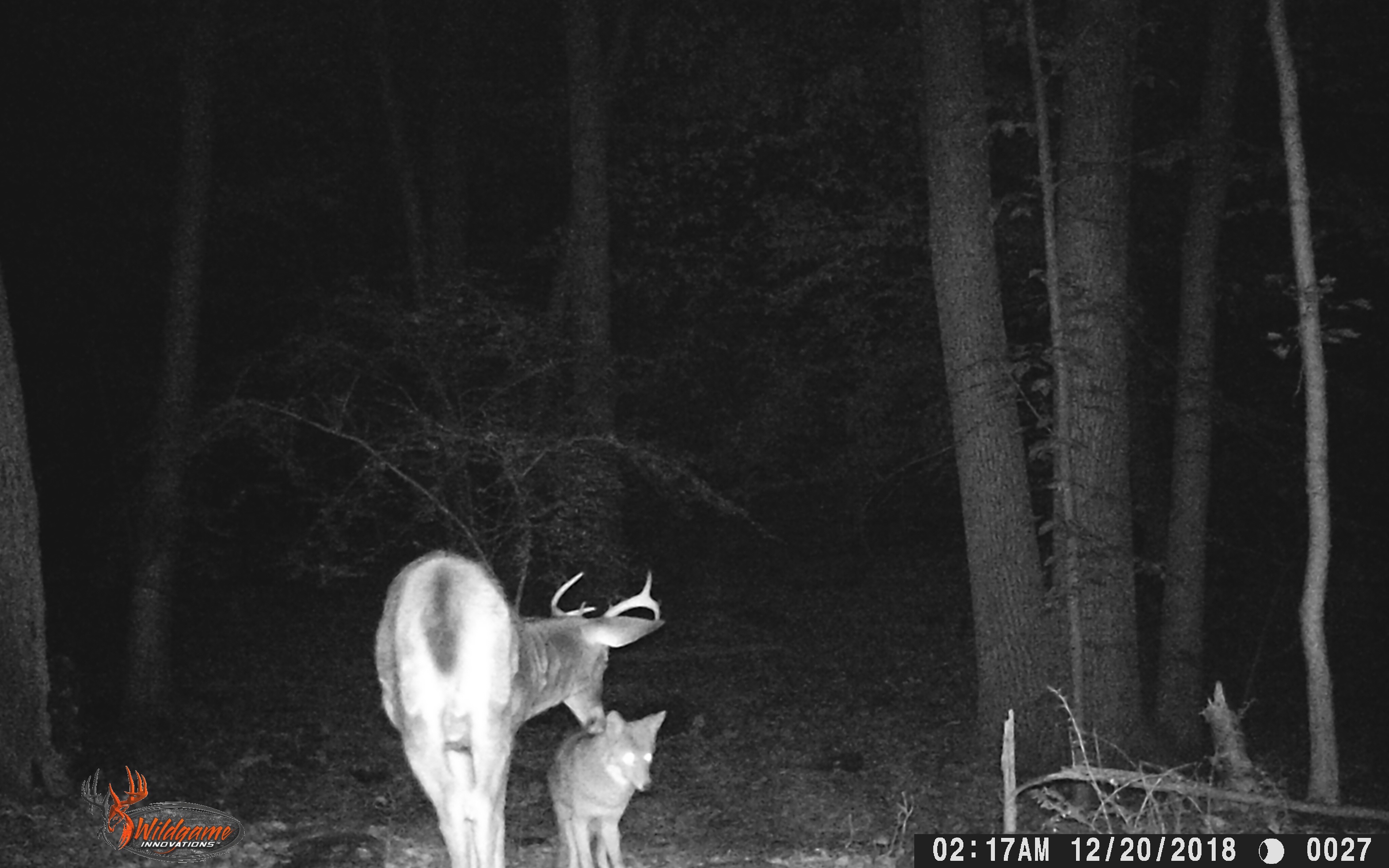
For more on coyotes, check out this YouTube video, also available on the Fancy Scientist podcast:
For more details, you can listen to the podcast episode on this topic either below or on iTunes and Spotify:
Powered by RedCircle
**This post was originally featured on The Wildlife SNPits.
Love this post? Share it with friends!



